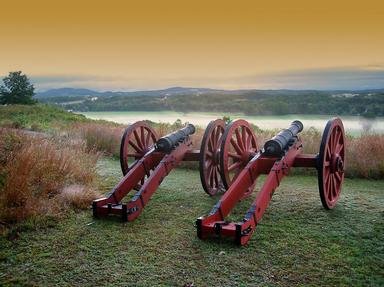Quiz Answer Key and Fun Facts
1. What was the container primarily used to carry rations, for soldiers on both sides in the American Civil War?
2. What common form of meat issued in the American Civil War can safely last at room temperature without being refrigerated?
3. Soft bread or raw flour were sometimes issued, but what was the most common flour-based product issued to a Civil War soldier in the north, and often in the south too?
4. The south in the American Civil War didn't have as much wheat because the climate isn't suited for it. They could grow this grain well in their climate and issue it to the army instead, though. What is it?
5. If an American Civil War soldier was issued cornmeal in his rations, what could he do to make it easily edible?
6. What forms of sugar might an American Civil War soldier be issued in his rations?
7. Let's say an American Civil War soldier is issued hardtack. What could he do, or what can you as a reenactor do, to make it edible, and actually good-tasting, rather than just a desperate measure to eat it?
8. What non-alcoholic beverage was most common for an American Civil War soldier to drink in camp or on the march?
9. What was an American Civil War soldier's main source for fruits, vegetables and treats, besides the military issue of rations or purchase from an army sutler?
10. What other items might an American Civil War soldier season his rations with, besides salt and sugar or molasses?
Source: Author
littlepup
This quiz was reviewed by FunTrivia editor
bloomsby before going online.
Any errors found in FunTrivia content are routinely corrected through our feedback system.

